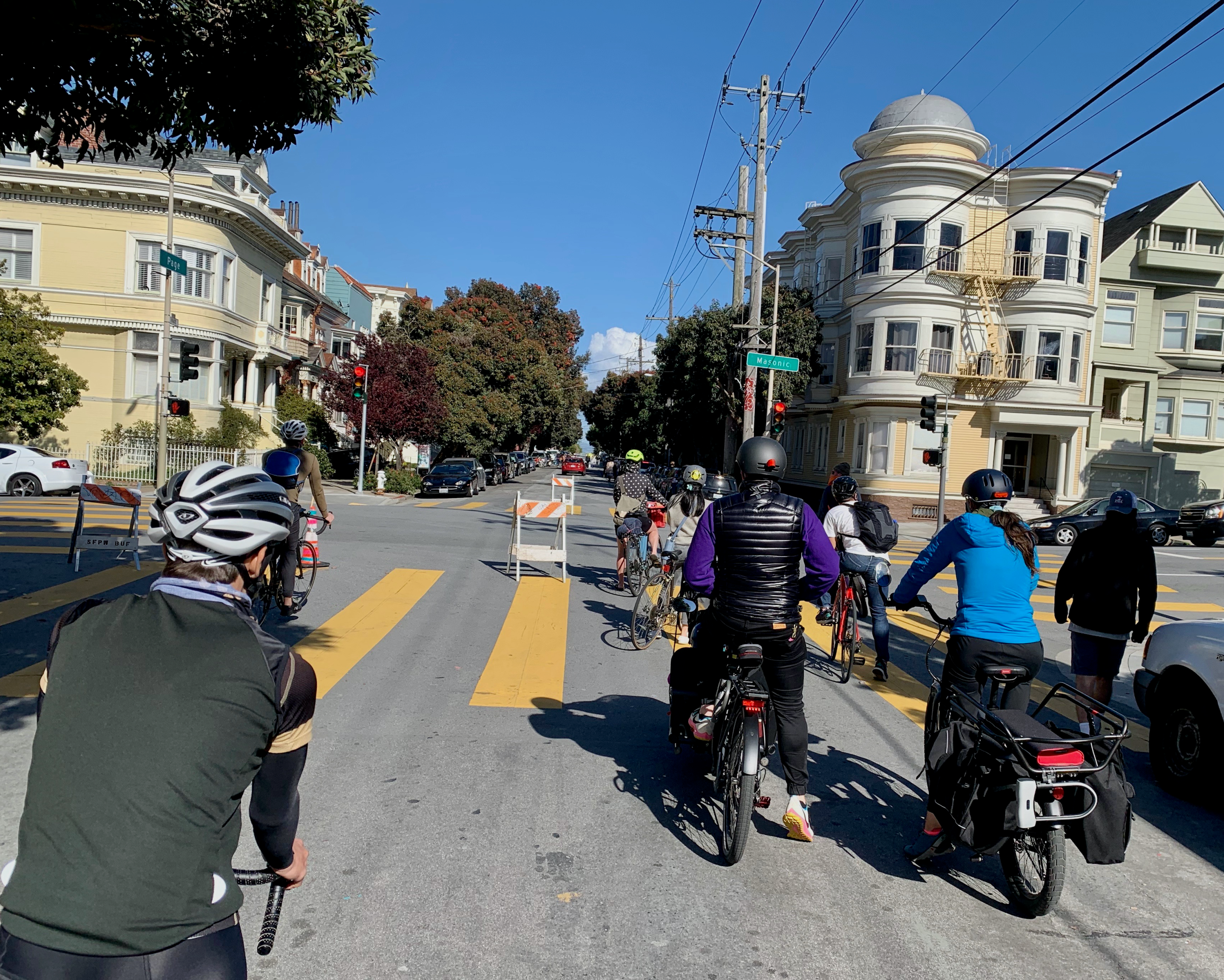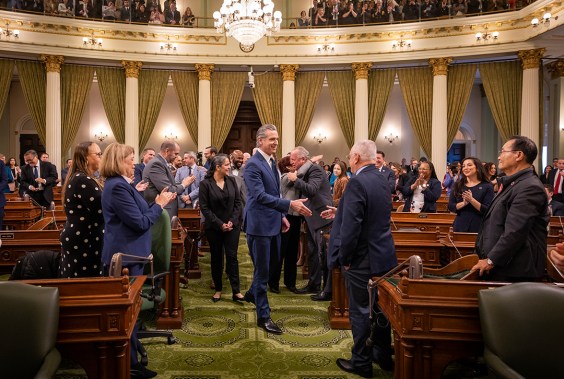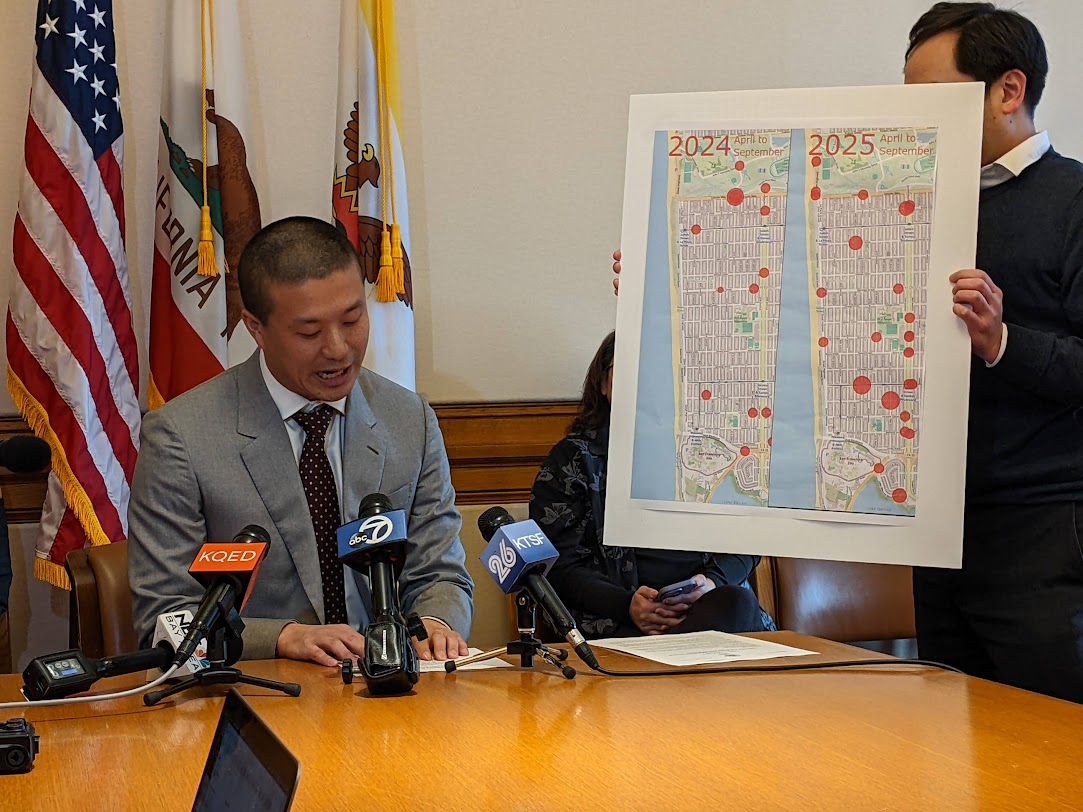I heard a San Francisco fire commissioner say at a public hearing last month that “not a soul" is using Page Slow Street. This person was clearly wrong; anyone who’s spent even a few minutes on Page this year has seen people passing by on foot or on a bike. The commissioner’s mistake stems from two car-culture biases that we could all benefit from re-examining.
First, why do we expect lots of people on bikes and foot to quickly flood a few new car-lite streets? Let’s try a thought experiment: imagine electric cars had been banned on every street in the city for decades, and the tolls were suddenly lifted on just a few streets. Would we expect to see large numbers of electric cars on those streets shortly thereafter? Of course not. It would take some time and more than just a few EV-friendly streets to see a dramatic change in behavior.
The same is true for Slow Streets. People’s comfort and habits are built over months and years. Time frame aside, any mode of travel requires more than a few disconnected streets. People need a robust network that actually gets them places. It’s no coincidence that Page, one of SF’s most supported Slow Streets, serves just such a purpose, connecting car-free Market Street at its eastern terminus with car-free JFK Drive to its west, in a practical and safe cross-town route for human-scale transit. The more destinations this network connects to, the more people will use it.
Second, it’s wrong to conclude, just because a Slow Street isn’t constantly crammed with people, that “no one is using it” or that it isn’t “busy.” Car-dominated cities have warped our sense of what a “busy” street looks and feels like. We think of “busy” streets as being noisy, smelling of burning gas, and physically filled with large metal boxes.
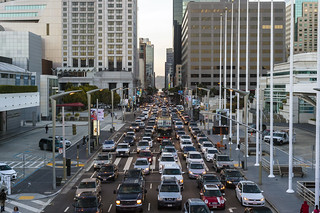
But it doesn’t have to be that way.
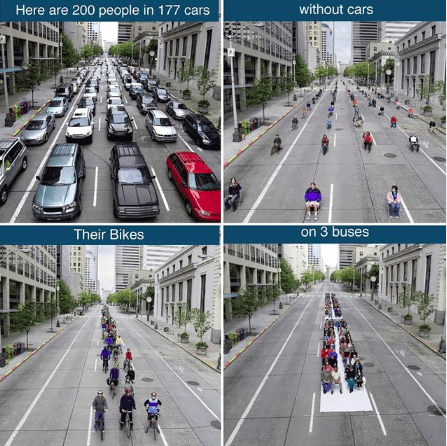
Buses, bikes, and walking are far, far more space efficient, quieter, and cleaner than cars. Ten people driving cars fill up a city block; the same 10 people on a bus, biking, or walking barely take up any room at all.
That's why Page Street doesn't seem "busy."
In a city where over 80 percent of trips are non-car, as San Francisco aspires to be, a busy street should be quiet. It might even, for long minutes at a time, look empty, as if “no one is using it”.
I travel on Page Street nearly every day and I always see other people walking, biking, skating or running. It rarely looks crowded, but that doesn’t mean “no one is using” the street.
It means that car-lite streets are different, in a good way.
We can and should redefine what a "busy" street is in San Francisco. Let’s make our Slow Streets, Car-free JFK, and the Great Walkway permanent, and let's develop a city-wide network of safe streets for people walking, biking, and taking transit throughout the city.
And let's not be trapped by the idea that a "busy" street means one that is noxious, overcrowded, dangerous, noisy, and jammed full of traffic.
***
Charles Whitfield lives and works in San Francisco, where he relies on car-free and car-lite street space for transportation and recreation. He is a member of Streets for People.
